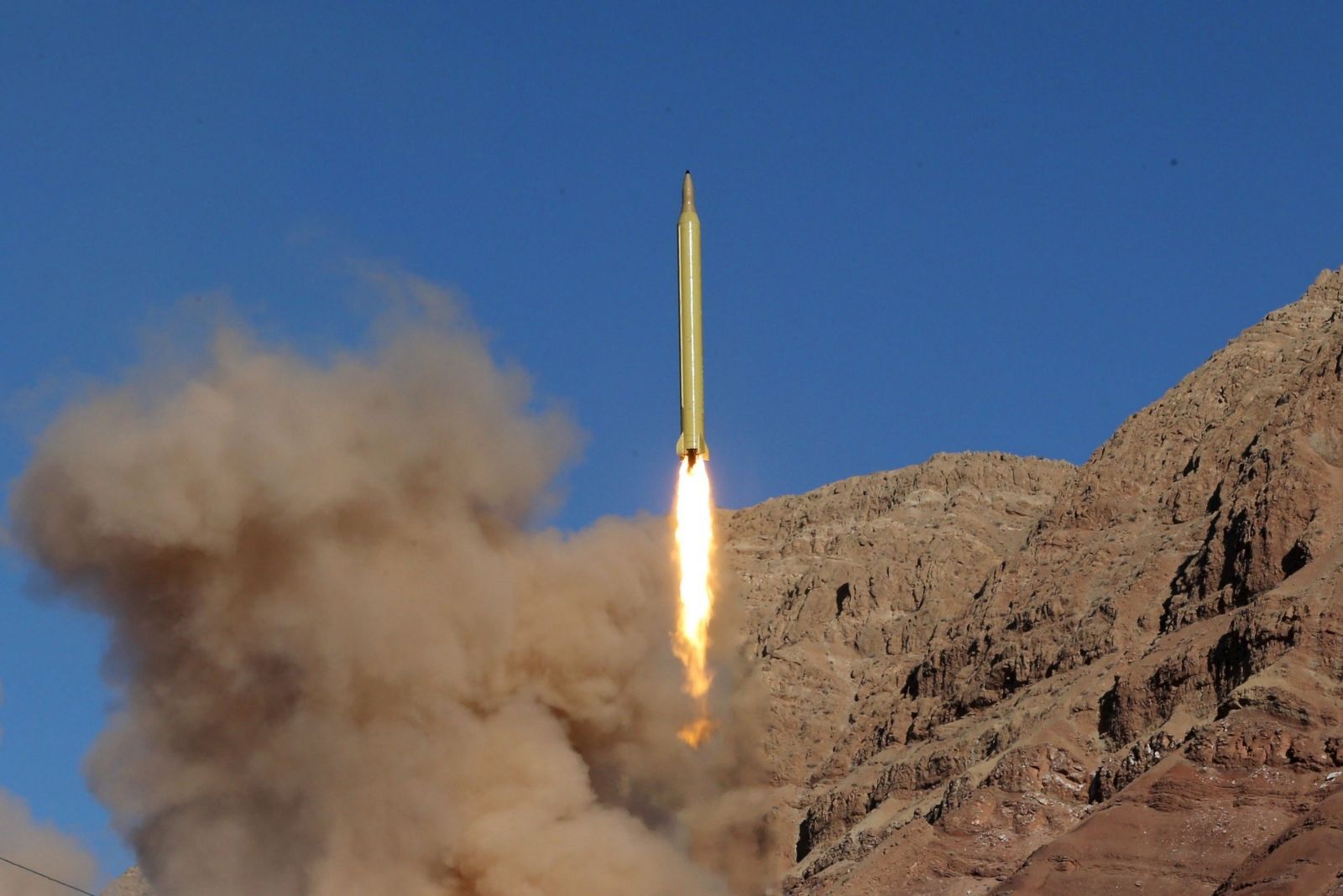US Department of Defense,
The Department of Defense (DoD) has released details on major defense acquisition program cost, schedule, and performance changes since the June 2007 reporting period. This information is based on the Selected Acquisition Reports (SARs) submitted to the Congress for the September 2007 reporting period.
SARs summarize the latest estimates of cost, schedule, and performance status. These reports are prepared annually in conjunction with the President's budget. Subsequent quarterly exception reports are required only for those programs experiencing unit cost increases of at least 15 percent or schedule delays of at least six months. Quarterly SARs are also submitted for initial reports, final reports, and for programs that are rebaselined at major milestone decisions.
The total program cost estimates provided in the SARs include research and development, procurement, military construction, and acquisition-related operation and maintenance (except for pre-Milestone B programs which are limited to development costs pursuant to 10 USC §2432). Total program costs reflect actual costs to date as well as future anticipated costs. All estimates include anticipated inflation allowances.
The current estimate of program acquisition costs for programs covered by SARs for the prior reporting period (June 2007) was $1,693,773.4 million. After adding the costs for one new program, B-2 EHF (Extremely High Frequency) Increment 1 from the June 2007 reporting period, the adjusted current estimate of program acquisition costs was $1,694,479.5 million. For the September 2007 reporting period, there was a net cost increase of $7,653.5 million (+0.5%), due primarily to revised cost estimates for the Armed Reconnaissance Helicopter (ARH) and the C-5 Reliability Enhancement and Reengining Program (RERP).
For the September 2007 reporting period, there were quarterly exception SARs submitted for nine programs. The reasons for the submissions are provided below.
Army:
ARH (Armed Reconnaissance Helicopter) The SAR was submitted to report a unit cost increase of approximately 20% higher than the current baseline estimate, which resulted in a “significant” Nunn-McCurdy breach. Program costs increased $1,009.1 million (+18.7%) from $5,390.2 million to $6,399.3 million, due primarily to an increase in airframe manufacturing labor and material costs (+$345.5 million), higher System Development and Demonstration (SDD) costs (+$290.9 million), and implementation of an upgrade to the main rotor system (+205.5 million).
Excalibur The SAR was submitted to rebaseline the report from a Development to a Production estimate following approval of Low Rate Initial Production (Milestone C) for the Increment Ia-2 in July 2007. Program costs increased $161.6 million (+7.0%) from $2,302.8 million to $2,464.4 million, due primarily to additional funding to support a higher Army Cost Position for the revised Acquisition Program Baseline approved at Milestone C.
WIN-T (Warfighter Information Network-Tactical) Increment 1 This is the initial SAR for WIN-T Increment 1 program. Following a Nunn-McCurdy breach certification in June 2007 that restructured the original WIN-T program, the WIN-T Increment 1 program (formerly Joint Network Node (JNN)) was initiated in October 2007.
Warfighter Information Network-Tactical (WIN-T) Increment 2 This is the initial SAR for the WIN-T Increment 2 program. Following a Nunn-McCurdy breach certification in June 2007 that restructured the original WIN-T program, the WIN-T Increment 2 program (Initial Networking on the Move) was initiated in October 2007.
Navy:
EA-18G The SAR was submitted to rebaseline the report from a Development to a Production estimate following approval of Low Rate Initial Production (Milestone C) in July 2007. Program costs increased $321.5 million (+3.8%) from $8,368.0 million to $8,689.5 million, due primarily to a quantity increase of five aircraft from 80 to 85 aircraft.
RMS (Remote Minehunting System) The SAR was submitted to report schedule delays of more than six months. That is, Operational Evaluation (OPEVAL) slipped 15 months from June 2007 to September 2008, because the only Navy platform capable of performing RMS OPEVAL (DDG-96) is unavailable due to the ship's deployment schedule. There were no cost changes reported.
Air Force:
C-5 RERP (Reliability Enhancement and Reengining Program) The SAR was submitted to report a unit cost increase of more than 25% to the current baseline estimate and more than 50% to the original baseline, which resulted in a “critical” Nunn-McCurdy breach. Program costs increased $6,168.3 million (+54.4%) from $11,337.9 million to $17,506.2 million, due primarily to a revised program estimate based on an analysis of prime contractor production proposal data, System Development and Demonstration (SDD) actuals, and commercial pricing data.
EELV (Evolved Expendable Launch Vehicle) This will be the final SAR submission for the EELV program, because the Under Secretary of Defense for Acquisition, Technology, and Logistics placed the program into sustainment and removed it from the active Major Defense Acquisition Program (MDAP) list. There were no cost changes reported.
MPS (Mission Planning System) The SAR was submitted to report schedule delays of more than six months. Specifically, the start of System Development and Demonstration (SDD) (Milestone B) for Increment IV slipped 10 months from February 2006 to December 2007. Program costs decreased $7.0 million (-0.4%) from $1,589.5 million to $1,582.5 million, due primarily to a revised estimate to complete development.
New SARs (As of September 2007)
The Department of Defense has submitted two initial SARs for the following programs for the September 2007 reporting period. These reports do not represent cost growth. The baselines established on these programs will be the point from which future changes will be measured.
More detailed report is available here in PDF format









